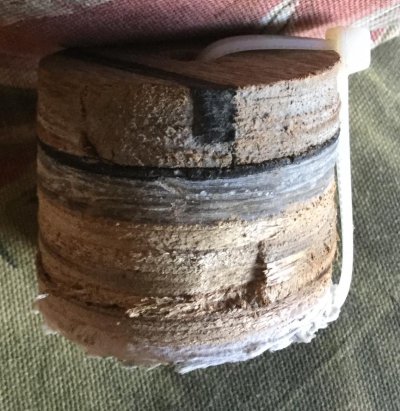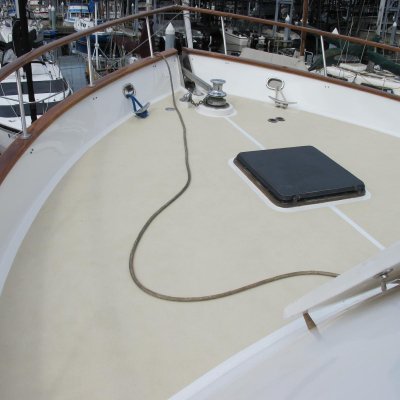Rustybarge
Guru
Hi All,
Here in Europe you can buy 10-12mm teak decking at about £30 sq.ft, not cut to size of course. A company Laying the deck works out at about £100 sq.ft, but you have to lift the old teak and remove all the fittings and repair the under-deck plywood ready for the new teak.
The sort of boats most of us own of this forum are classics, some from the 60's and 70's which still have the original decking in place. I've been considering GB36 which is literally covered by acres of teak that will need replacing.
Stage 1 would be remove the teak and repair the plywood underdeck; slightly less than 40sq.m.
Anyone like to guess how much time would be involved per sq.m?
Here in Europe you can buy 10-12mm teak decking at about £30 sq.ft, not cut to size of course. A company Laying the deck works out at about £100 sq.ft, but you have to lift the old teak and remove all the fittings and repair the under-deck plywood ready for the new teak.
The sort of boats most of us own of this forum are classics, some from the 60's and 70's which still have the original decking in place. I've been considering GB36 which is literally covered by acres of teak that will need replacing.
Stage 1 would be remove the teak and repair the plywood underdeck; slightly less than 40sq.m.
Anyone like to guess how much time would be involved per sq.m?


